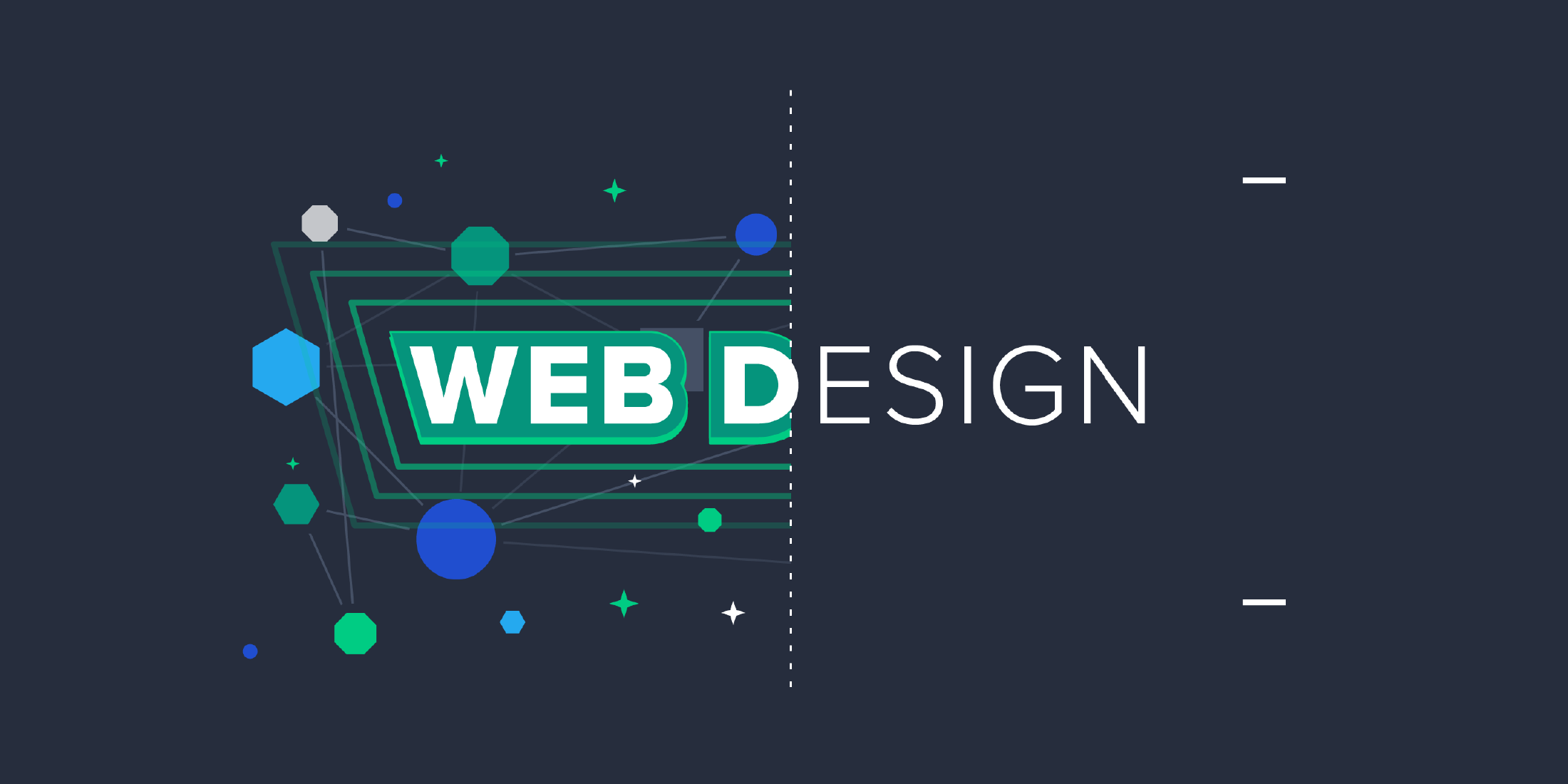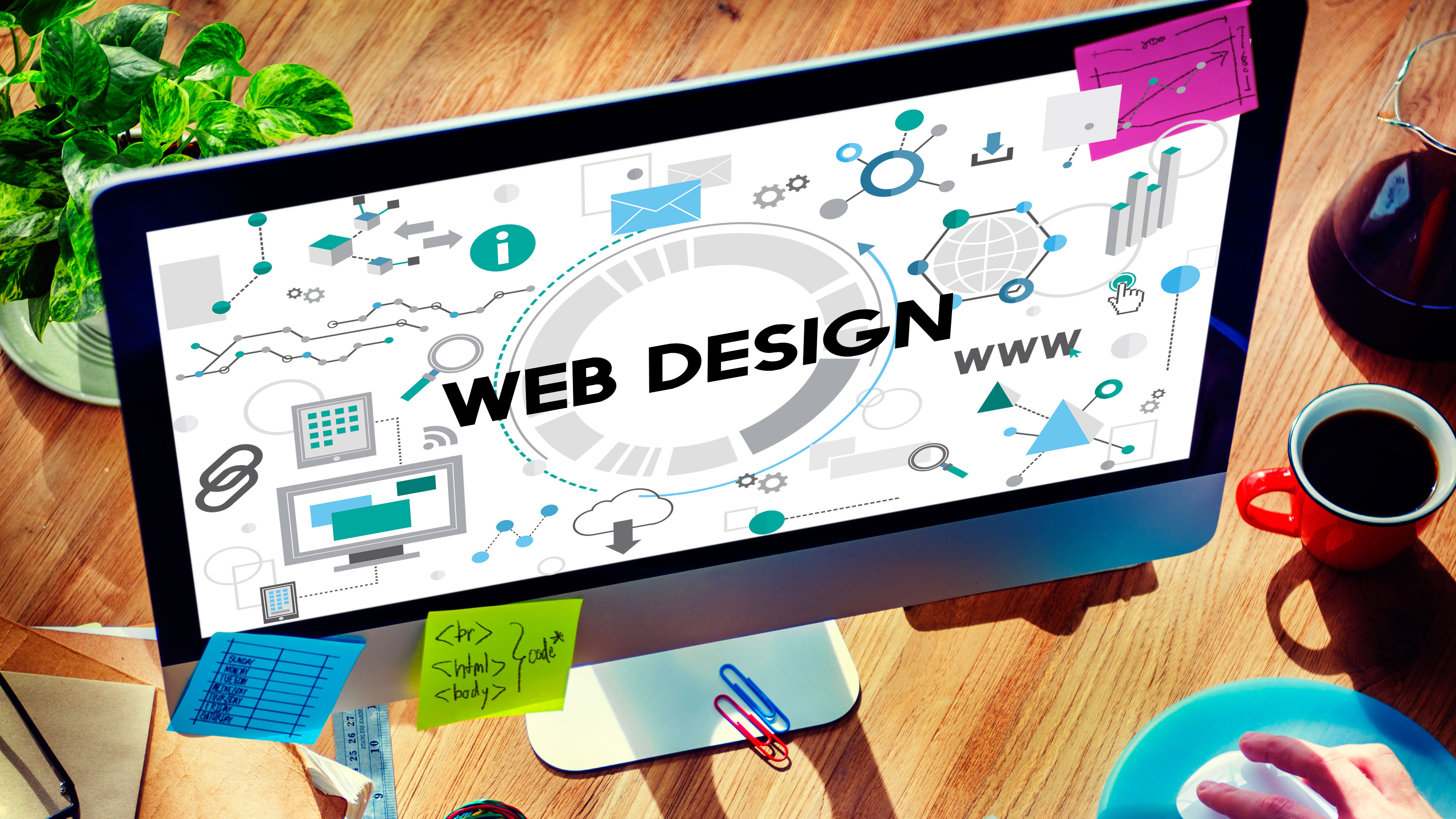All Categories
Featured
Table of Contents
- – Collaborate & Create Amazing Graphic Design Fo...
- – Web Design Service - Professionally Designed ...
- – Penner Home - Durham Web Design - Penner Web ...
- – The Leader In Website Design – Squarespace Ti...
- – Top Web Design Agencies Ranked - 2022 Reviews...
- – Web Design Blog - Webdesigner Depot Webdesign...
- – Design Principles - U.s. Web Design System (...
- – 53 Web Design Tools To Help You Work Smarter...
- – Penner Home - Durham Web Design - Penner Web...
- – Custom Website Design And Marketing - Inmoti...
- – Web Design - Linkedin Learning, Formerly Lyn...
Collaborate & Create Amazing Graphic Design For Free Tips and Tricks:
Quick summary Functionality and the energy, not the visual style, figure out the success or failure of a site. Since the visitor of the page is the only individual who clicks the mouse and for that reason chooses whatever, user-centric design has actually developed as a basic technique for successful and profit-oriented web style - web design frederick md.
and the utility, not the visual style, identify the success or failure of a site. Because the visitor of the page is the only individual who clicks the mouse and therefore decides whatever, user-centric style has actually ended up being a basic technique for successful and profit-oriented web style. If users can't utilize a function, it may as well not exist.
g. where the search box need to be placed) as it has actually already been performed in a number of articles; instead we concentrate on the techniques which, utilized properly, can lead to more advanced design decisions and simplify the procedure of viewing presented details. Please notice that you may be thinking about the usability-related posts we have actually published prior to: Concepts Of Great Site Design And Reliable Website Design Guidelines, In order to use the concepts correctly we initially require to comprehend how users interact with websites, how they think and what are the standard patterns of users' behavior.
Web Design Service - Professionally Designed Websites Tips and Tricks:
Visitors look at each new page, scan some of the text, and click the first link that catches their interest or vaguely resembles the important things they're searching for. In reality, there are big parts of the page they don't even take a look at. The majority of users browse for something intriguing (or useful) and clickable; as soon as some promising prospects are found, users click.
If a page supplies users with high-quality material, they want to compromise the content with advertisements and the design of the site. This is the factor why not-that-well-designed sites with premium material get a lot of traffic over years. Content is more crucial than the style which supports it.
Users don't read, they scan. Notice how "hot" areas abrupt in the middle of sentences. This is normal for the scanning procedure. Really simple principle: If a website isn't able to meet users' expectations, then designer stopped working to get his job done properly and the company loses cash. The greater is the cognitive load and the less intuitive is the navigation, the more willing are users to leave the site and search for options.
Penner Home - Durham Web Design - Penner Web Design ... Tips and Tricks:
Neither do they scan website in a direct fashion, going sequentially from one website area to another one. Rather users satisfice; they pick the first affordable choice. As quickly as they find a link that appears like it might result in the goal, there is an excellent opportunity that it will be immediately clicked.
It doesn't matter to us if we understand how things work, as long as we can use them. If your audience is going to imitate you're designing signboard, then design fantastic billboards." Users desire to have the ability to manage their internet browser and count on the constant information discussion throughout the site.
If the navigation and website architecture aren't user-friendly, the variety of enigma grows and makes it harder for users to comprehend how the system works and how to receive from point A to point B. A clear structure, moderate visual ideas and easily identifiable links can assist users to find their path to their aim.
The Leader In Website Design – Squarespace Tips and Tricks:

claims to be "beyond channels, beyond products, beyond circulation". What does it suggest? Considering that users tend to check out websites according to the "F"-pattern, these three statements would be the first elements users will see on the page once it is packed. The design itself is basic and intuitive, to comprehend what the page is about the user requires to search for the answer.
As soon as you have actually achieved this, you can communicate why the system is helpful and how users can gain from it. Individuals will not utilize your website if they can't find their method around it. 2. Don't Squander Users' Perseverance, In every project when you are going to provide your visitors some service or tool, attempt to keep your user requirements very little.
Novice visitors want to, not filling long web types for an account they may never use in the future. Let users check out the site and discover your services without forcing them into sharing private data. It's not affordable to force users to get in an email address to check the function.
Top Web Design Agencies Ranked - 2022 Reviews - Clutch.co Tips and Tricks:
Stikkit is a best example for an user-friendly service which needs almost nothing from the visitor which is unobtrusive and comforting. And that's what you desire your users to feel on your website. Obviously, Mite needs more. The registration can be done in less than 30 seconds as the type has horizontal orientation, the user does not even need to scroll the page.
A user registration alone is sufficient of an impediment to user navigation to reduce inbound traffic. 3. Manage To Focus Users' Attention, As sites offer both static and dynamic material, some elements of the interface bring in attention more than others do. Certainly, images are more appealing than the text just as the sentences marked as vibrant are more attractive than plain text.
Focusing users' attention to particular areas of the site with a moderate use of visual aspects can assist your visitors to receive from point A to point B without thinking about how it really is expected to be done. The less enigma visitors have, the they have and the more trust they can develop towards the business the site represents.
Web Design Blog - Webdesigner Depot Webdesigner Depot Tips and Tricks:
Strive For Function Exposure, Modern web designs are generally slammed due to their approach of assisting users with aesthetically appealing 1-2-3-done-steps, big buttons with visual impacts and so on. From the style perspective these aspects in fact aren't a bad thing.
The site has 9 primary navigation alternatives which are visible at the first look. What matters is that the material is well-understood and visitors feel comfortable with the method they interact with the system.
Rather a cost: just what visitors are looking for. An ideal service for efficient writing is touse brief and concise phrases (come to the point as quickly as possible), use scannable layout (categorize the material, utilize multiple heading levels, utilize visual aspects and bulleted lists which break the circulation of consistent text blocks), use plain and unbiased language (a promotion does not require to sound like advertisement; provide your users some affordable and objective reason why they ought to utilize your service or remain on your website)6.
Design Principles - U.s. Web Design System (Uswds) Tips and Tricks:
Users are seldom on a site to delight in the style; in addition, in many cases they are trying to find the information in spite of the design - web design frederick md. Pursue simplicity instead of complexity. From the visitors' perspective, the best site design is a pure text, without any advertisements or further content obstructs matching precisely the question visitors used or the material they've been trying to find.
Finch plainly presents the info about the website and gives visitors an option of alternatives without overcrowding them with unnecessary content. 7. Don't Be Scared Of The White Space, In fact it's actually difficult to overestimate the value of white area. Not just does it assist to for the visitors, however it makes it possible to view the info presented on the screen.
Complex structures are harder to check out, scan, analyze and deal with. If you have the option in between separating 2 style sectors by a visible line or by some whitespace, it's typically better to use the whitespace option. (Simon's Law): the better you handle to supply users with a sense of visual hierarchy, the easier your material will be to view.
53 Web Design Tools To Help You Work Smarter In 2022 Tips and Tricks:
The very same conventions and rules need to be used to all elements.: do the most with the least quantity of hints and visual components. Four significant indicate be considered: simplicity, clarity, distinctiveness, and focus. Simpleness consists of just the elements that are crucial for communication. Clarity: all parts should be designed so their meaning is not ambiguous.
Conventions Are Our Friends, Traditional style of site aspects doesn't result in an uninteresting web site. It would be a functionality nightmare if all sites had different visual presentation of RSS-feeds.
understand what they're anticipating from a website navigation, text structure, search positioning etc. A common example from use sessions is to translate the page in Japanese (assuming your web users do not know Japanese, e. g. with Babelfish) and supply your usability testers with a job to find something in the page of different language.
Penner Home - Durham Web Design - Penner Web Design ... Tips and Tricks:
Steve Krug suggests that it's much better to, however benefit from conventions when you don't. 10. Test Early, Test Typically, This so-called TETO-principle should be used to every web style task as use tests typically offer into significant problems and problems related to a provided layout. Test not far too late, not too little and not for the wrong factors.
Some essential indicate bear in mind: according to Steve Krug, and screening one user early in the task is much better than testing 50 near the end. Accoring to Boehm's very first law, errors are most regular throughout requirements and design activities and are the more costly the later on they are removed.
That means that you develop something, test it, repair it and then evaluate it once again. There might be issues which have not been found during the first round as users were almost blocked by other problems. functionality tests. Either you'll be pointed to the problems you have or you'll be pointed to the lack of significant style flaws which remains in both cases a beneficial insight for your job.
Custom Website Design And Marketing - Inmotion Hosting Tips and Tricks:

This holds for designers also. After you have actually worked on a website for few weeks, you can't observe it from a fresh point of view any longer. You know how it is developed and for that reason you know precisely how it works you have the knowledge independent testers and visitors of your site wouldn't have.
It can be connected to other locations such as graphic style, user experience, and multimedia arts, however is more aptly seen from a technological viewpoint. It has actually ended up being a large part of people's daily lives. It is difficult to envision the Web without animated graphics, different styles of typography, background, videos and music.

Throughout 1991 to 1993 the Web was born. Text-only pages could be viewed utilizing a simple line-mode internet browser. In 1993 Marc Andreessen and Eric Bina, produced the Mosaic browser. At the time there were numerous web browsers, however most of them were Unix-based and naturally text heavy. There had actually been no integrated method to graphic style components such as images or sounds.
Web Design - Linkedin Learning, Formerly Lynda.com Tips and Tricks:
The W3C was developed in October 1994 to "lead the World Wide Web to its full capacity by establishing typical protocols that promote its development and ensure its interoperability." This dissuaded any one business from monopolizing a propriety browser and programming language, which might have modified the result of the World Wide Web as a whole.
As this has happened the technology of the web has actually likewise moved on. There have likewise been significant changes in the way individuals utilize and access the web, and this has changed how sites are designed.
Learn more about Lovell Media Group LLC or TrainACETable of Contents
- – Collaborate & Create Amazing Graphic Design Fo...
- – Web Design Service - Professionally Designed ...
- – Penner Home - Durham Web Design - Penner Web ...
- – The Leader In Website Design – Squarespace Ti...
- – Top Web Design Agencies Ranked - 2022 Reviews...
- – Web Design Blog - Webdesigner Depot Webdesign...
- – Design Principles - U.s. Web Design System (...
- – 53 Web Design Tools To Help You Work Smarter...
- – Penner Home - Durham Web Design - Penner Web...
- – Custom Website Design And Marketing - Inmoti...
- – Web Design - Linkedin Learning, Formerly Lyn...
Latest Posts
Basics Of Web Development & Coding Specialization - Coursera Tips and Tricks:
Top Web Design Courses Online - Updated [April 2022] - Udemy Tips and Tricks:
Web Design - Entrepreneur Tips and Tricks:
More
Latest Posts
Basics Of Web Development & Coding Specialization - Coursera Tips and Tricks:
Top Web Design Courses Online - Updated [April 2022] - Udemy Tips and Tricks:
Web Design - Entrepreneur Tips and Tricks: